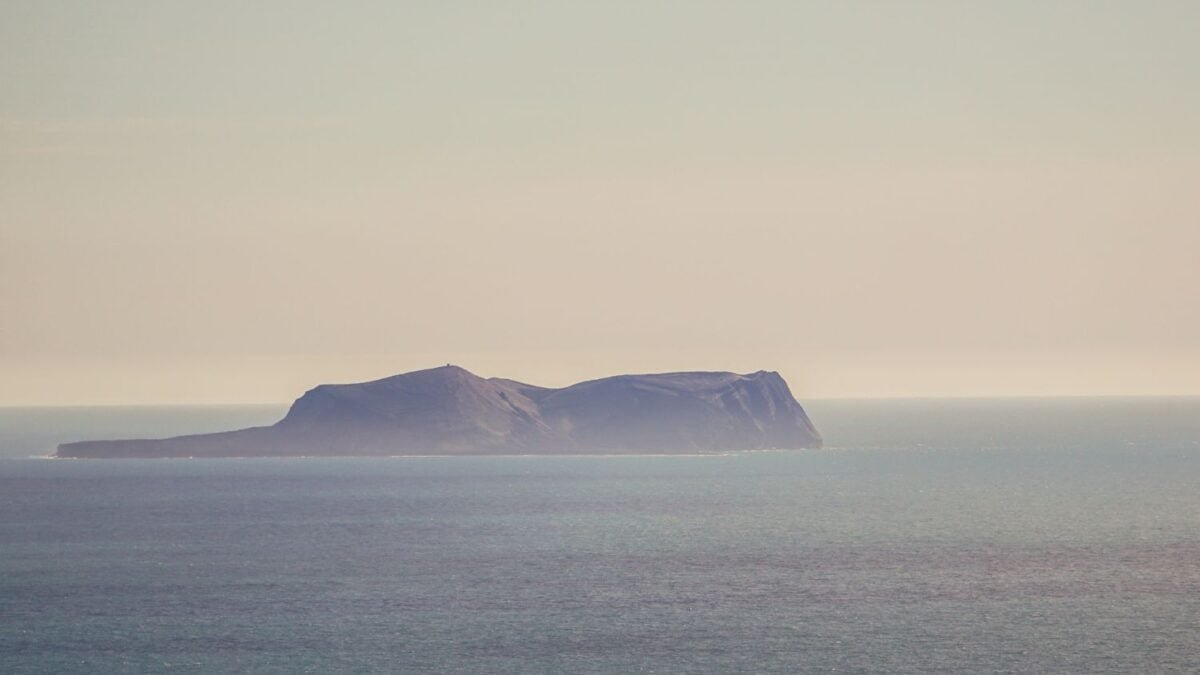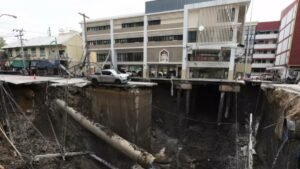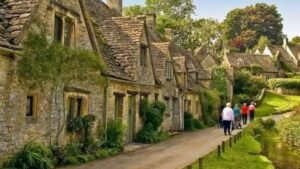Born from volcanic activity, Surtsey is now a protected sanctuary off-limits to humans: uncovering the hidden history.

On a planet where man seems to have left his mark in every corner, there is a territory where time stood still. Off the coasts of Iceland, Surtsey emerged from the ocean in November 1963 as a roar of fire and ash. For over a year, the volcanic eruption expelled lava and ash, until the island reached over a kilometer in length and 174 meters in height. It was a new piece of land, without history or traces, shaped by chance.
A natural experiment that no one can touch
The appearance of Surtsey was so rare that geologists estimate that something like this only happens every 3,000 to 5,000 years. But more surprising than its origin was what came next. In 1965, the Icelandic government decreed that Surtsey would be off-limits: no tourists, no inhabitants, no experiments that would alter its evolution. Only a handful of scientists were allowed entry under strict rules, and any mistake (a seed, a footprint, a tool out of place) could jeopardize the balance of the place.
From nothing to ecosystem: when life prevails
Just two years after its formation, scientists found a tiny marine plant. Then came the seeds carried by the wind and the plant remains deposited by the waves. For a decade, only a few species managed to survive. But the arrival of birds in the 1980s changed everything. The fulmars began to nest, and with them came the real transformation: the nitrogen from their droppings fertilized the soil, and the seeds they carried sprouted vigorously.
The island, once a mass of volcanic rock, was covered in green patches. Over time, new species of plants and small animals colonized the land. Scientists recorded the miracle step by step, without intervening, without correcting anything.
Seals, erosion, and the uncertain future of a paradise
The balance of Surtsey continued to transform. In recent years, gray seals chose its shores to rest and breed, far from human interference. Their organic remains further fed the chain of life, but also accelerated soil erosion. The sea, patient but relentless, has already begun to wear away the island’s base. Experts warn that by the end of this century, much of it could be submerged again.
However, even if it disappears, its legacy will endure. The observations made there—about how life can regenerate without intervention—offer a valuable lesson for environmental restoration projects worldwide. Surtsey is not just a geological experiment: it is a warning. The Earth does not need us to save it. Just to let it breathe.







